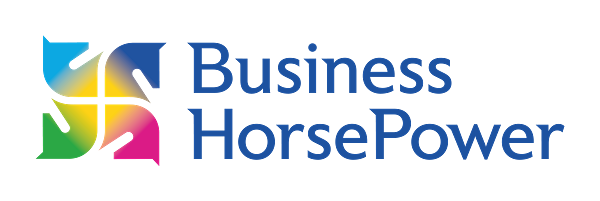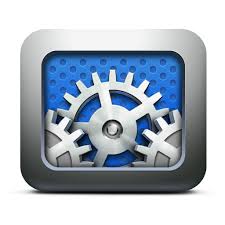Resource Effectively is the 6th step of CANTER which is my proven system for creating a Joined Up business. To me resourcing effectively means two things – working with the right team members and having in place proven systems that save yourself time time, energy and money.
Most of us run our lives on a handful of systems. Between our cellphones, our planners and our e-mail inboxes, we have organized ourselves and our time. And if you ever doubt the importance of these systems, recall your panic the last time you lost your planner.
Yet as important as these systems are, most of us don’t take advantage of what systems can do to improve our businesses. Systems are simply ways of automating or structuring processes so that they can occur systematically without so much thought or attention—and by more than just one person, so that the business can continue to run if the owner takes a vacation.
Figuring Out What to Systematize
For most of us, there are dozens of similar repetitive tasks, large and small, in our businesses or jobs that could be systematized. To identify where you can apply systems, step back from your enterprise and try to look at it objectively. Ask yourself questions such as below:
Where are your frustrations? This is an important test for two reasons. First, you are more likely to be frustrated if you are redoing tasks that bring no particular satisfaction. Second, you are going to be frustrated if you have to relearn a task or “recreate the wheel” every time a specific need comes up.
What is holding back your business? What are the choke points? Do you need to generate more prospects? Do you have prospects but a low rate of conversion? Do you convert customers but lose them through poor follow-through? Strategically focusing on your business this way is more likely to spot high-value opportunities for systemization.
What causes you stress? Is it preparing for the quarterly performance reviews? Finalizing your printed catalog? Preparing for your annual make-or-break tradeshow? Even if you know the steps by heart, systematizing at least part of these stress-inducing activities could yield big benefits to your business—and your well-being.
Start by Writing It Down
The first step in systematizing a process is to write it down. What exactly is the process you go through to handle a sales lead? Place a want ad for your shipping clerk? Train a new receptionist? If you are struggling to get all the steps down, try the “backwards” approach. Start with the end result and then determine what you did right before that, and so on, for each step.
Another valuable exercise is to document what everyone in your organization does. Forget job descriptions: You want to know what they actually do. This may highlight high-value opportunities to build systems that can be leveraged throughout the organization.
Often, the documentation you create in this process is all the system you require. The next time the task comes up, you can pull out the file and save the relearning. It also becomes the core of the training manual for new employees, which is often one of the most valuable systems you can build.
Do the Cost-Benefit Math
Here are some guidelines for figuring out which of the myriad choices are worth the effort of creating a system:
What are the odds you will be doing this again? How often?
How hard is it to automate? Creating paper checklists is easy; programming Outlook to sync your phone contacts and automatically generate follow up emails isn’t so easy. However, don’t give up if the software approach is too expensive or complicated. Productivity guru David Allen sells several slick software products, but his core recommendation for organizing tasks is to create a set of clearly labeled file folders. Again, a well-documented, step-by-step manual is the core of many highly successful systems.
How painful is the task? And how painful is failing to execute it well? High-value tasks, such as annual trade-shows and the like, are good candidates for setting up systems in order to reduce risks and the associated stress.
Can you hire it out? In some cases, the best system is to hand the documentation for the process to a junior employee. In particular, those stress-inducing tasks noted above can be partially off-loaded. But you will need to do the work up front of carefully recording the steps involved, and how to achieve and measure the necessary outcomes.
Get Out of the Box
As you go through this analysis, don’t be afraid to start with the question: Why do we do this process in the first place? For every process you find that could be automated with a new system, you may find another that can be eliminated altogether. Systematically reviewing your business this way may be the most valuable system of all.
Systems dramatically increase your productivity and if you want to improve your productivity and achieve more in the last 90 days of this year than you have in the previous 9 months, then I urge you to look out for my new online training that will be starting soon.





